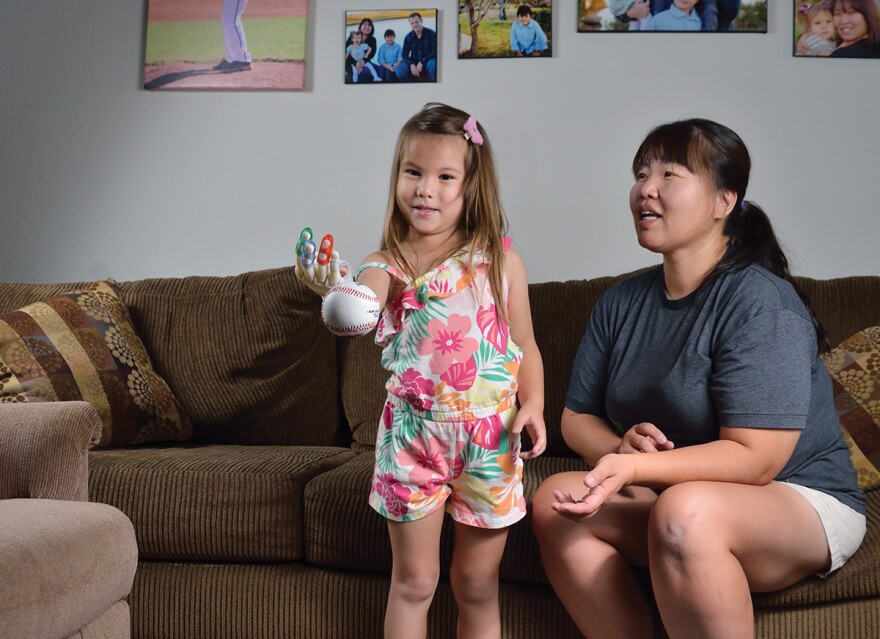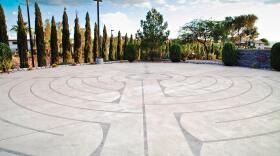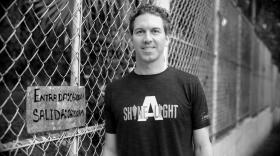Around 7 p.m. on August 17, 5-year-old Las Vegan Hailey Dawson will take to the field at Oriole Park in Baltimore and toss out the first baseball of the Orioles vs. Athletics game using her 3D-printed mechanical hand. Those devoted spectators who pay attention to such pregame fanfare will be moved by Hailey’s adorableness and the enormous technological promise her hand offers other children like her, with deformed or missing fingers.
Little will they know, it took two UNLV professors, six students, a couple different designs, a bunch of those thimble-like rubber fingertips and some Super Glue to get to the hand Hailey has today.
“We got the first hand on October 31, 2014, and she broke it within 15 minutes,” Hailey’s mom, Yong Dawson, says. “She stuck a finger in a metal pole at school and it detached.”
Eventually, Yong would learn how to MacGyver fixes on her own, but she took the first hand back to UNLV for repairs. Now, this isn’t like taking your car to a garage. The biomedical and mechanical engineering students working on the project are excited to do so, but they’re volunteers. And they’ve never done anything like this before. Students graduate, move on, have more pressing work to do. New people come on board with new ideas requiring new software. Meanwhile, Hailey keeps growing. By the time she got her first UNLV-made hand repaired, it was too small. The second one fit, but Yong accidentally got glue in the mechanism while replacing some of the fishing line that serves as tendon-like retractors for the fingers. It was ruined. Hailey’s on her third hand now, and students are already working on her fourth. And none of this is counting the very first one, made by a private 3-D printing lab, which was a total disaster — too big, stiff and heavy for the then-4-year-old to use.
Mechanical engineering professor Brendan O’Toole says it’s all part of the use, modification and improvement process, which will hopefully lead to a smooth-working template that anyone can use. UNLV has absorbed the cost of the community project so far, and besides engineering the hand, O’Toole’s team is trying to come up with a workable model for funding further related study.
“It’s generated a lot of interest,” he says, “so there are a lot of students who’d like to work on it, and we’ve had inquiries from other people who’ve had similar needs for low-cost prosthetics.”
That was the idea behind Robohand, the open-source model created by a South African carpenter and American puppeteer that originally inspired Yong Dawson two years ago to find someone local to make a hand for her daughter. Shortly after her birth, Hailey had been diagnosed with Poland Syndrome, a congenital disease that manifests itself in lack of pectoral muscle and, often, fingers on one side of the body. O’Toole’s team used Flexy-Hand 2, similar to Robohand, and scaled it down to Hailey’s small size.
Yong Dawson says every tweak makes her daughter’s mechanical hand more wieldy, and weekly therapy sessions with Touro University students overseen by occupational therapist and professor Cynthia Lau have taught Hailey how to operate it.
“She doesn’t use it all the time, but she knows it’s there,” Yong says. “I understand it. It’s still not perfect. It pinches her wrist after a while. But she takes it to school. She rides her Big Wheel with it. It’ll get there.”









